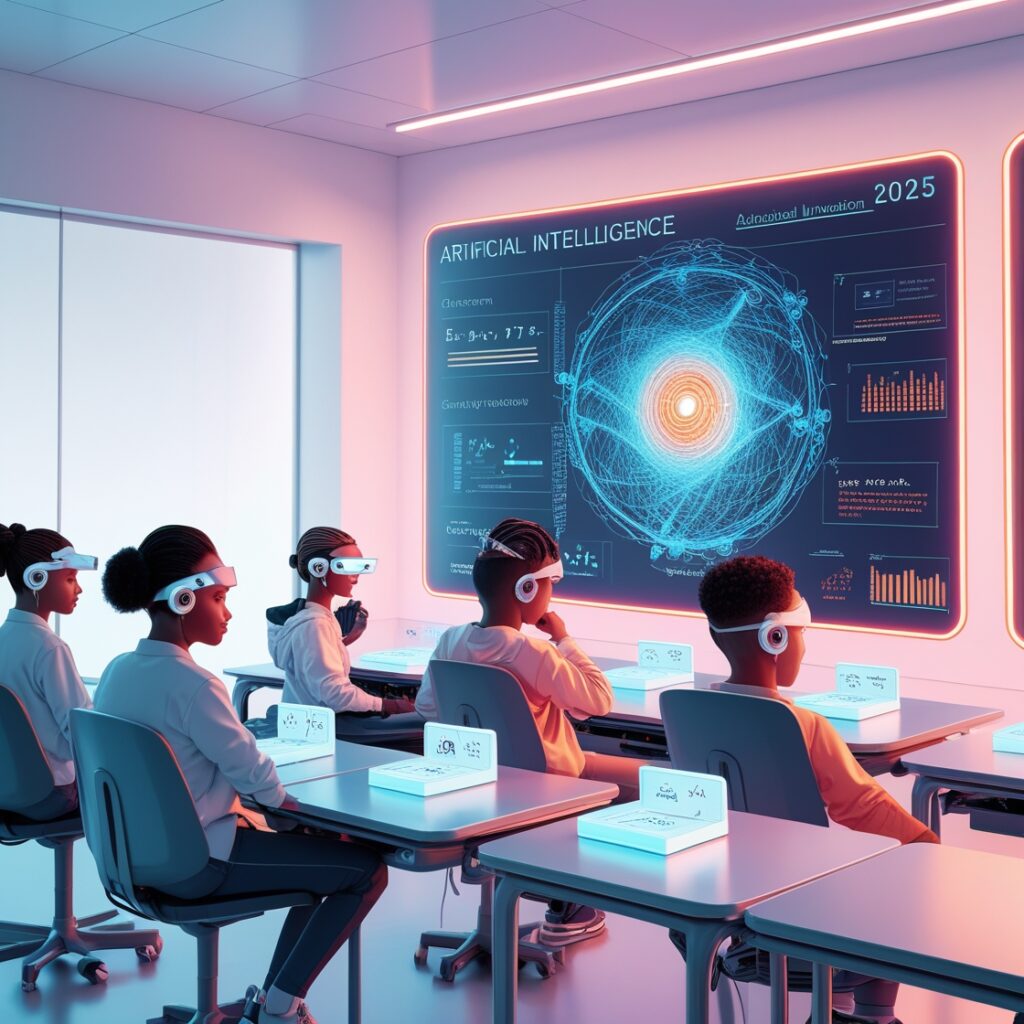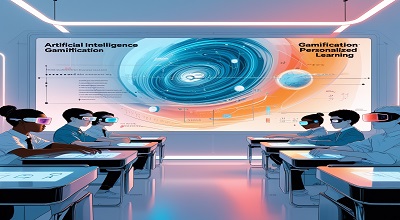High-Stakes Testing Innovations
High-stakes testing has long been a cornerstone of education systems worldwide, used to make critical decisions about students, teachers, and schools. In 2025, the landscape of high-stakes testing is undergoing significant innovations, driven by advancements in technology, shifts in educational priorities, and growing debates about its effectiveness. This article explores the latest innovations in high-stakes testing, provides examples, and delves into the pros and cons of these developments.
What is High-Stakes Testing?
High-stakes testing refers to exams or assessments that carry significant consequences for the individuals or institutions involved. These tests are often used to determine grade promotion, graduation eligibility, college admissions, teacher evaluations, or school funding. The stakes are high because the outcomes of these tests can have a profound impact on a student’s academic and professional future. As well as on the reputation and resources of schools.
Innovations in High-Stakes Testing (2025)
1. Adaptive Testing Technology
One of the most significant innovations in high-stakes testing is the adoption of adaptive testing technology. Adaptive tests use artificial intelligence (AI) to adjust the difficulty of questions based on the test-taker’s responses. For example, if a student answers a question correctly, the next question becomes more challenging. If they answer incorrectly, the next question becomes easier. This approach provides a more accurate measure of a student’s abilities and reduces test anxiety by tailoring the experience to the individual.
2. Gamification of Assessments
Gamification involves incorporating game-like elements into testing. Such as rewards, levels, and interactive scenarios. In 2025, gamified high-stakes tests are being piloted in some schools to make the testing process more engaging and less stressful for students. For instance, instead of answering traditional multiple-choice questions. Students might solve puzzles or complete virtual tasks that assess their knowledge and skills.
3. Real-Time Feedback Systems
Another innovation is the integration of real-time feedback systems into high-stakes testing. These systems provide immediate insights into a student’s performance, allowing educators to identify areas of improvement and intervene promptly. For example, a student taking a math test might receive instant feedback on their problem-solving approach. Helping them learn during the testing process rather than waiting for results weeks later.
4. Performance-Based Assessments
Performance-based assessments are gaining traction as an alternative to traditional standardized tests. These assessments evaluate students based on real-world tasks. Such as writing essays, conducting experiments, or presenting projects. In 2025, some schools are using performance-based assessments as part of their high-stakes testing strategy to better measure critical thinking, creativity, and problem-solving skills.
5. Equity-Focused Testing
To address concerns about bias and inequality in high-stakes testing, new approaches are being developed to ensure fairness. For example, culturally responsive test designs consider the diverse backgrounds of students. While accessibility features like text-to-speech and adjustable font sizes make tests more inclusive for students with disabilities.
6. Blockchain for Test Security
Blockchain technology is being used to enhance the security and transparency of high-stakes testing. By storing test data on a decentralized ledger, schools can prevent cheating, ensure the integrity of test results, and provide a tamper-proof record of student performance.
7. AI-Powered Proctoring
With the rise of remote learning, AI-powered proctoring systems are becoming a standard feature of high-stakes testing. These systems use facial recognition, eye-tracking, and behaviour analysis to monitor test-takers and ensure compliance with testing protocols. While this technology has raised privacy concerns, it has also made remote testing more feasible and secure.

Examples of High-Stakes Testing in 2025
- College Admissions Tests: Exams like the SAT and ACT remain critical for college admissions, but they now incorporate adaptive testing and real-time feedback to improve accuracy and fairness.
- Statewide Standardized Tests: Many states have adopted performance-based assessments alongside traditional tests to evaluate student learning and school accountability.
- Professional Certification Exams: Fields like medicine, law, and IT use high-stakes tests to certify professionals. Innovations like gamification and blockchain are being integrated into these exams to enhance the testing experience and security.
- Teacher Evaluations: High-stakes tests are also used to evaluate teacher performance, with adaptive testing and equity-focused designs helping to ensure fair assessments.
Pros of High-Stakes Testing Innovations
1. Improved Accuracy
Innovations like adaptive testing and performance-based assessments provide a more accurate measure of a student’s abilities and potential.
2. Increased Engagement
Gamification and real-time feedback make the testing process more engaging and less stressful for students, potentially leading to better performance.
3. Enhanced Security
Blockchain technology and AI-powered proctoring reduce the risk of cheating and ensure the integrity of test results.
4. Greater Inclusivity
Equity-focused testing designs address biases and make high-stakes tests more accessible to diverse student populations.
5. Real-World Relevance
Performance-based assessments evaluate skills that are directly applicable to real-world scenarios, preparing students for future challenges.
Cons of High-Stakes Testing Innovations
1. High Implementation Costs
The adoption of advanced technologies like AI and blockchain can be expensive, making it difficult for underfunded schools to implement these innovations.
2. Privacy Concerns
AI-powered proctoring and blockchain systems raise concerns about data privacy and surveillance, particularly for remote testing.
3. Potential for Inequality
While equity-focused designs aim to reduce bias, disparities in access to technology and resources can still create inequalities in high-stakes testing.
4. Increased Pressure
Despite efforts to make testing more engaging, the high stakes associated with these exams can still cause significant stress for students and educators.
5. Resistance to Change
Traditionalists may resist the adoption of new testing methods, preferring the familiarity of conventional standardized tests.
FAQs About High-Stakes Testing Innovations
1. What is the purpose of high-stakes testing?
High-stakes testing is used to make important decisions about students, teachers, and schools, such as grade promotion, graduation eligibility, and resource allocation.
2. How does adaptive testing work?
Adaptive testing adjusts the difficulty of questions based on the test-taker’s responses, providing a personalized and accurate assessment of their abilities.
3. What are performance-based assessments?
Performance-based assessments evaluate students based on real-world tasks, such as writing essays, conducting experiments, or presenting projects, rather than traditional multiple-choice questions.
4. Are high-stakes tests fair for all students?
Efforts are being made to make high-stakes tests more equitable, but disparities in access to technology and resources can still create challenges.
5. How is blockchain used in high-stakes testing?
Blockchain technology enhances test security by storing data on a decentralized ledger, preventing tampering and ensuring transparency.
6. What are the privacy concerns with AI-powered proctoring?
AI-powered proctoring systems raise concerns about data privacy and surveillance, as they monitor test-takers’ behavior during exams.
7. Will traditional standardized tests be replaced?
While innovations like performance-based assessments are gaining popularity, traditional standardized tests are likely to remain a key component of high-stakes testing for the foreseeable future.
Conclusion
High-stakes testing is evolving rapidly in 2025, with innovations like adaptive testing, gamification, and blockchain technology transforming the way assessments are conducted. While these advancements offer numerous benefits, such as improved accuracy, engagement, and security, they also come with challenges, including high costs, privacy concerns, and potential inequalities. As education systems continue to adapt, it is crucial to strike a balance between leveraging technology and addressing the ethical and practical implications of these innovations.
